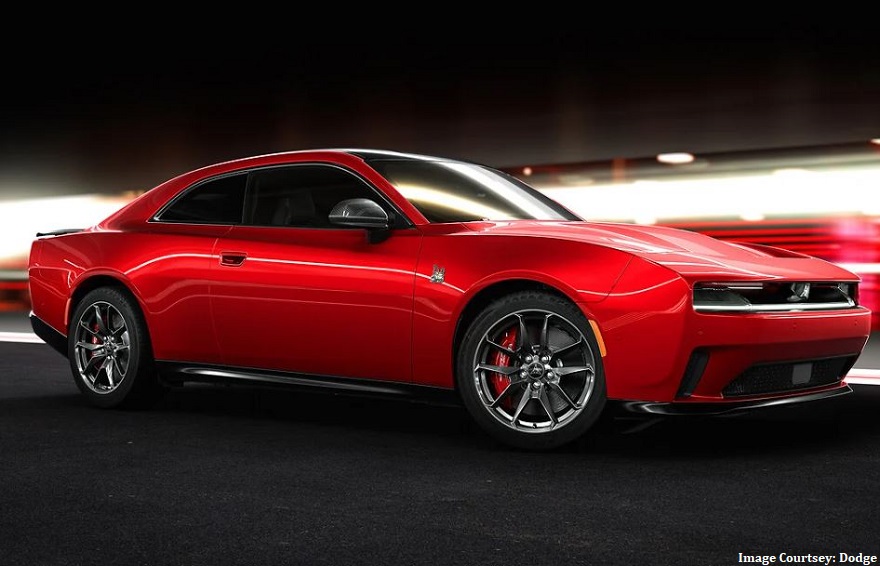
Dodge Charger Daytona: a 670HP Efficiency Defying EV
The Charger Daytona is the first EV from Dodge that makes way for an electric drivetrain that promises to be as loud as the outgoing Hemi V8
Introduction
Petrol heads fear the rise of EVs will make iconic American muscle cars extinct and will be lost to the pages of history. American muscle cars are a testament to taking a family car and strap it with a powerful V8 motor often known for its raw and unrefined character. The most loved element of the muscle car is the sensation of the fire breathing V8 motor, which is as sophisticated as a pencil sharpener, and often do without the electronic witchcraft. With the rise of EVs that quietly out accelerating many performance cars from Europe and the US in a straight line, will the American muscle car live on in a world where sustainability is the buzz word? Dodge has an answer in the Charger Daytona, a fully battery electric muscle car, and there is more, they do not care about efficiency like a true muscle car. It is based on Stellantis’ STLA Large platform, one of the four platforms that will spawn various models of brands from the group.
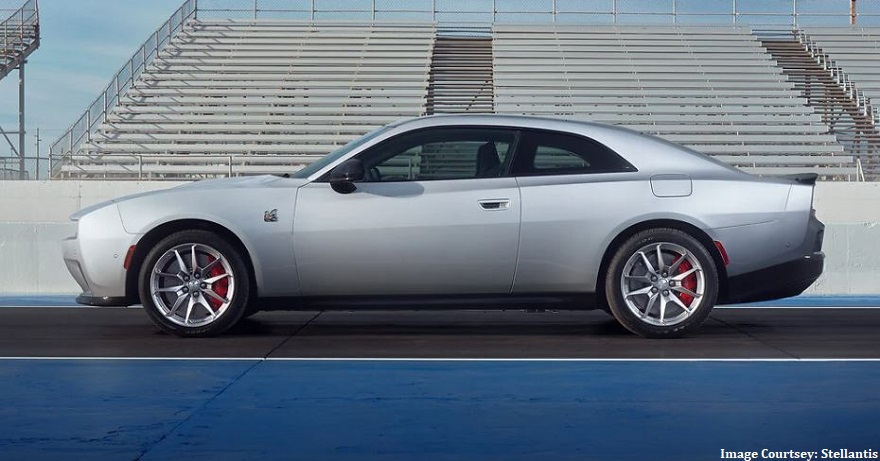
Styling
The silhouette of the Daytona is reminiscent of Chargers in the past with a squarish front, sculpted front wheel arches, and a long hood. However the Charger has some modern elements like the LED light bar in its closed-out grill, flush door handles with a pull mechanism, and a new front wing which Dodge calls R-Wing. The name is a tribute to a rocket scientist turned aero engineer who helped make race cars as aerodynamic as rockets. The spoiler like wing essentially enhances the aerodynamics for faster acceleration and top speed. Moreover the R-wing makes the front reminiscent of the Charger with a flat hood when in fact the Daytonna has a slopping bonnet that rises from the front.

At the rear, the traditional exhaust system has been replaced by Dodge’s Fratzonic Chambered Exhaust, which Dodge claims to give the same feedback as a V8 engine. Along with the front R-Wing, Dodge is still awaiting patent approval for the Fratzonic Exhaust.
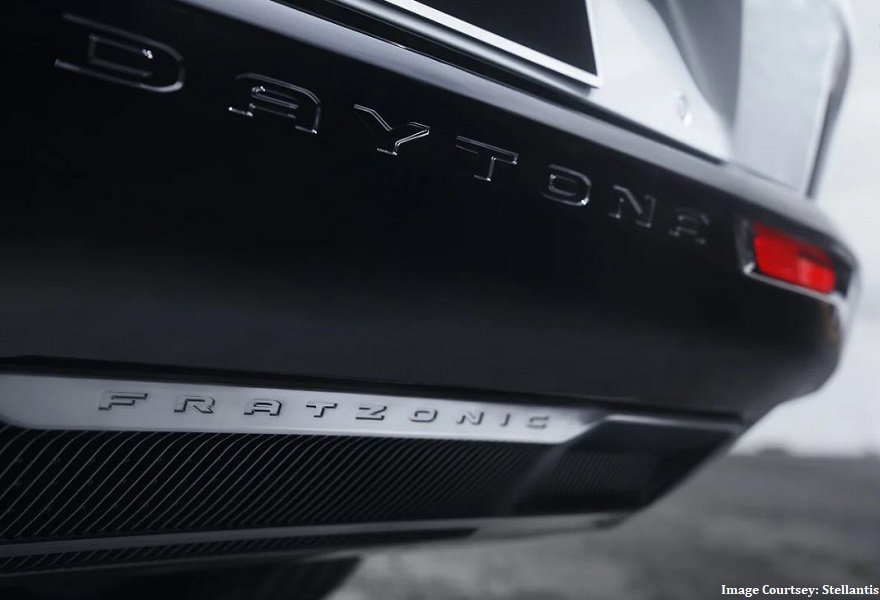
The interior seems to be just as nice with a new top and flat bottomed steering wheel, and two large screens- 16” for the driver and 12.3” for the central touchscreen that runs on the Uconnect 5 interface that will have wireless Android Auto and Apple CarPlay. There is ambient lighting on the dash and on the doors which Dodge calls “Attitude Adjustment Lighting” and a new trim piece that goes around the cabin from the dash to the doors. There is a heads-up display above the driver’s screen which reads “0”. There is also some old world charm in this cabin with physical buttons and switches, and a traditional gear lever selector that resonates with the theme of simplicity of a muscle car.
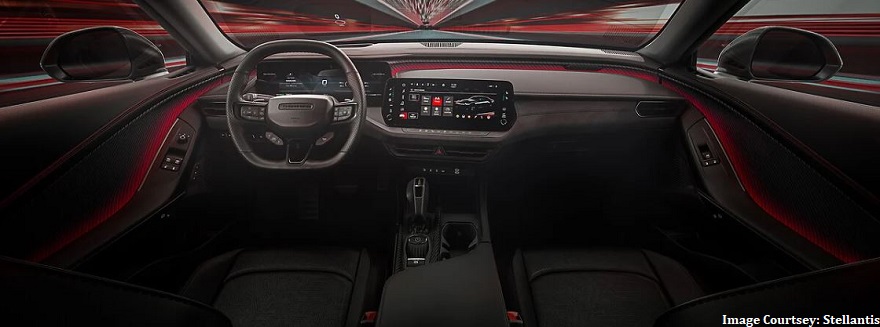
There are new front seats with integrated head rests and adjustable thigh bolsters. There are two color options- Black and Demonic Red that can be had with either Nappa leather upholstery, or Suede Nappa Leather combination. Overall, Dodge has managed to retain the aesthetics of the outgoing Challenger at the same time infuse modernity and some sophistication to the iconic name.
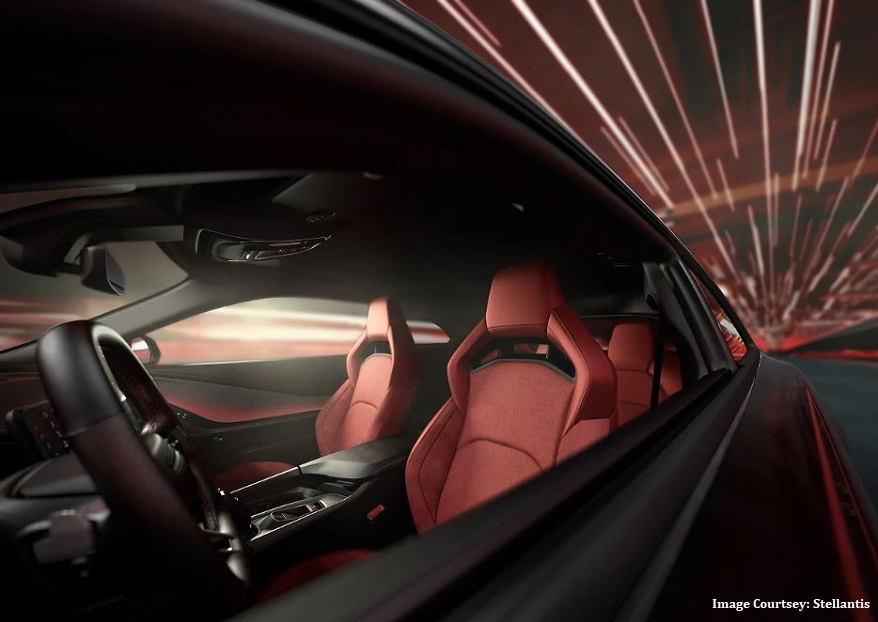
Battery Pack, Range, Charging, and Performance
Powering the Charger Daytona Scat Pack are two 335hp motors, one on each axle, for a combined output of 670hp and 627 lb-ft (850 Nm) of max torque. These motors will draw power from a 100.5kWh battery pack employing Nickel Cobalt Aluminum (NCA) cells, the same chemistry powering the Tesla Model S and the Model X. Unlike the Teslas’ cylindrical cells, the Daytona’s battery pack are powered by prismatic cells which have higher energy density compared to similarly sized NMC cells. To provide the same raw experience of muscle cars of the past, the Scat will feature multiple driving modes along with Drift Mode, Donut Mode, Drag Mode, and Line Lock for burnouts. The Scat Pack will have launch control and PowerShot mode that will unleash an extra 40 horses for racing between lights albeit for 15 seconds.
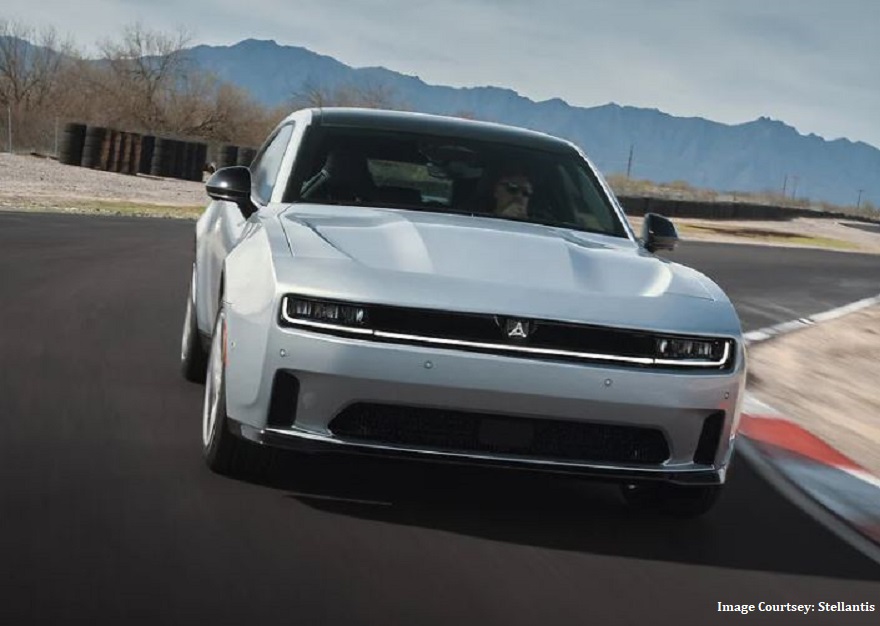
The lower spec R/T version will feature the same 100.5 kWh battery pack with lower power output of 496 horses and 404 lb-ft (548 Nm) of peak torque. However the R/T is no slouch with 0-60mph sprint of 4.7 seconds, and has 317 miles of EPA range, commendable for a vehicle not designed for efficiency. As for the Scat Pack it can do 261 miles between charges on the same cycle.
When plugged in, the Daytona can accept 183kW of peak power which is not industry leading. However the 20-80% top up takes roughly 28 minutes, reasonable for 100.5kWh battery pack. It would be interesting to see for how long the Daytona will hold the peak speed in a charging session. Both the Scat Pack and the R/T versions are built on a 400V architecture; however the Banshee will have an 800V architecture which will be launched later next year and promises better performance figures.
Launch and Price
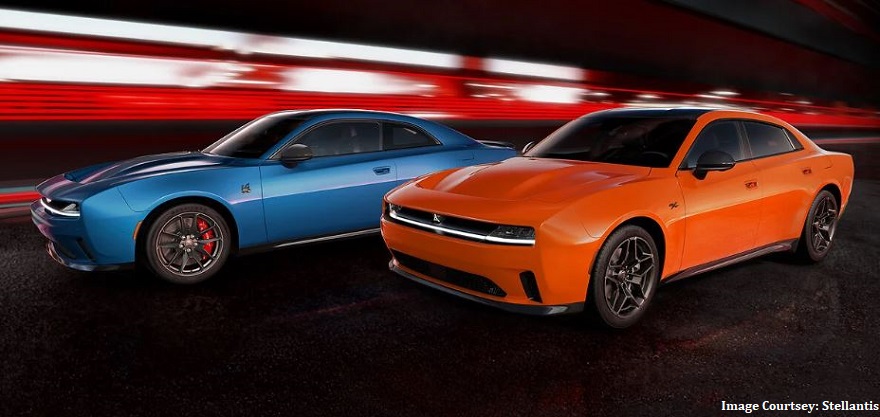
The Charger Daytona is set to make its launch this summer, initially in a two-door configuration, followed by the introduction of the four-door electric versions in early 2025. As previously mentioned, the red-eyed Banshee is slated to arrive next year, serving as a true successor to the Hellcat and offering an even more powerful version of the current Challenger.
Although pricing details have yet to be disclosed, it is reasonable to expect the Daytona to be competitively priced, given the value proposition traditionally associated with muscle cars. Living up to the Charger's legendary name and swaying hardcore Dodge and muscle car enthusiasts from their beloved V8s is an implied challenge in Dodge's decision, despite the ICE versions joining the lineup later.
Going by the Chargers and Challengers of the past, the Daytona promises to deliver the goods at a more affordable price point without breaking the bank, and maybe spawn EVs which do not have to carry a hefty price tag.
Image Sources
Thumbnail and Title Image- Dodge
1,2,3,4,5,6,7- Stellantis
For any inquiries or suggestions regarding the content, please feel free to reach out to us at jash@evlane.net






March 20, 2024
Category: